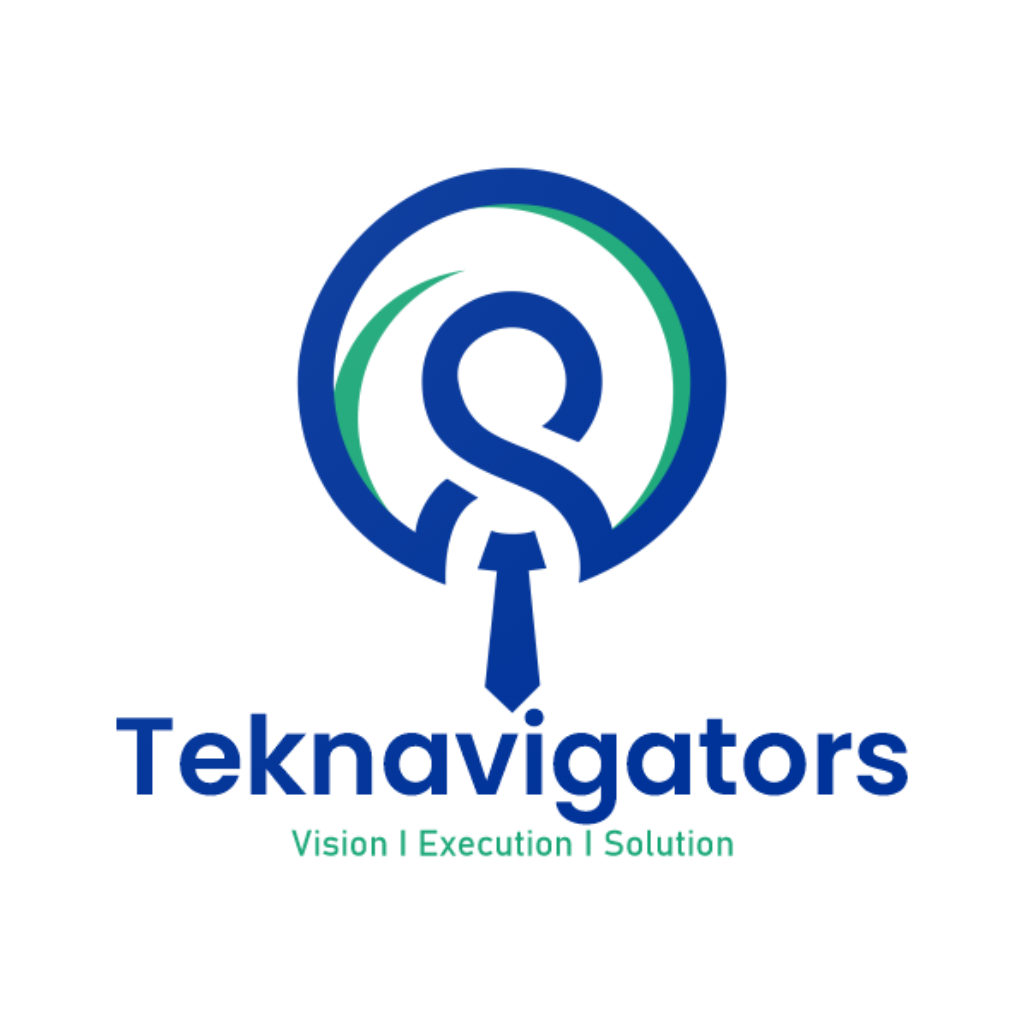DATA SCIENCE
Introduction to Data Science

Introduction to Data Science
- Need for Data Scientists
- Foundation of Data Science
- What is Business Intelligence
- What is Data Analysis, Data Mining, and Machine Learning
- Analytics vs Data Science
- Value Chain
- Types of Analytics
- Lifecycle Probability
- Analytics Project Lifecycle
Data
- Basis of Data Categorization
- Types of Data
- Data Collection Types
- Forms of Data and Sources
- Data Quality, Changes and Data Quality Issues, Quality Story
- What is Data Architecture
- Components of Data Architecture
- OLTP vs OLAP
- How is Data Stored
Big Data
- What is Big Data?
- 5 Vs of Big Data
- Big Data Architecture, Technologies, Challenge and Big Data Requirements
- Big Data Distributed Computing and Complexity
- Hadoop
- Map Reduce Framework
- Hadoop Ecosystem
Data Science Deep Dive
- What is Data Science?
- Why are Data Scientists in demand?
- What is a Data Product
- The growing need for Data Science
- Large-Scale Analysis Cost vs Storage
- Data Science Skills
- Data Science Use Cases and Data Science Project Life Cycle & Stages
- Map-Reduce Framework
- Hadoop Ecosystem
- Data Acquisition
- Where to source data
- Techniques
- Evaluating input data
- Data formats, Quantity and Data Quality
- Resolution Techniques
- Data Transformation
- File Format Conversions
- Anonymization
Intro to R Programming
- Introduction to R
- Business Analytics
- Analytics concepts
- The importance of R in analytics
- R Language community and eco-system
- Usage of R in industry
- Installing R and other packages
- Perform basic R operations using command line
- Usage of IDE R Studio and various GUI
R Programming Concepts
- The datatypes in R and its uses
- Built-in functions in R
- Subsetting methods
- Summarize data using functions
- Use of functions like head(), tail(), for inspecting data
- Use-cases for problem solving using R
Data Manipulation in R
- Various phases of Data Cleaning
- Functions used in Inspection
- Data Cleaning Techniques
- Uses of functions involved
- Use-cases for Data Cleaning using R
Data Import Techniques in R
- Import data from spreadsheets and text files into R
- Importing data from statistical formats
- Packages installation for database import
- Connecting to RDBMS from R using ODBC and basic SQL queries in R
- Web Scraping
- Other concepts on Data Import Techniques
Exploratory Data Analysis (EDA) using R
- What is EDA?
- Why do we need EDA?
- Goals of EDA
- Types of EDA
- Implementing of EDA
- Boxplots, cor() in R
- EDA functions
- Multiple packages in R for data analysis
- Some fancy plots
- Use-cases for EDA using R
Data Visualization in R
- Storytelling with Data
- Principle tenets
- Elements of Data Visualization
- Infographics vs Data Visualization
- Data Visualization & Graphical functions in R
- Plotting Graphs
- Customizing Graphical Parameters to improvise the plots
- Various GUIs
- Spatial Analysis
- Other Visualization concepts
















